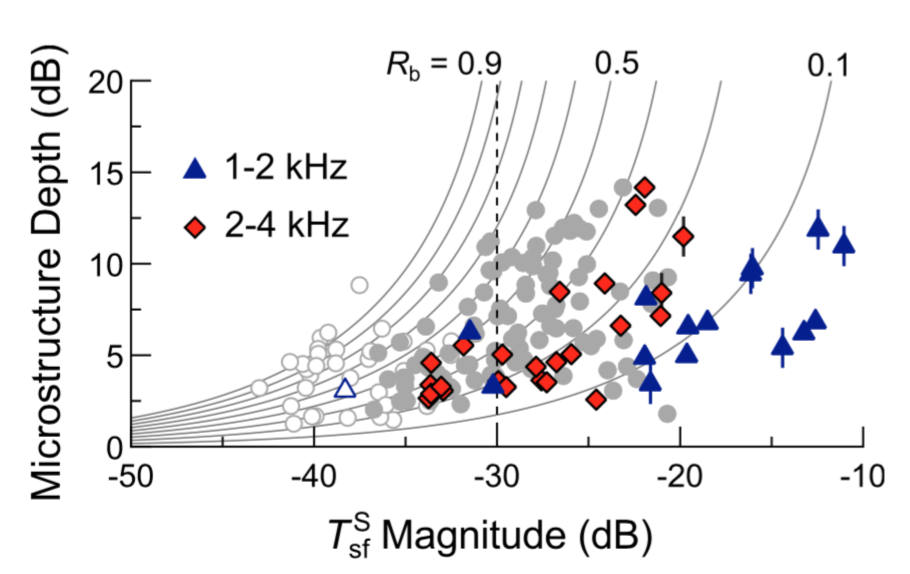
Otoacoustic emissions (OAEs) provide a convenient noninvasive window into cochlear mechanics. OAEs also provide a tool that can be applied uniformly across species to explore and understand commonalities and differences. Finally, OAEs are ideally suited for clinical applications across all ages. Our study of OAEs as a window into cochlear mechanics forms the foundation upon which we build our applied research enterprise. In this specific area we are interested in how OAEs are generated and how they propagate out from the cochlea to the outer ear. We have investigated the origin of what has become known as cochlear fine structure or microstructure. The ultimate goal is to understand the normal function of the cochlea and then apply this knowledge to build accurate and sensitive clinical tools for detection of cochlear malfunction.
Funded by NIH/NIDCD; ASHA Foundation; Knowles Hearing Center; American Hearing Research Foundation
Search PubMed
